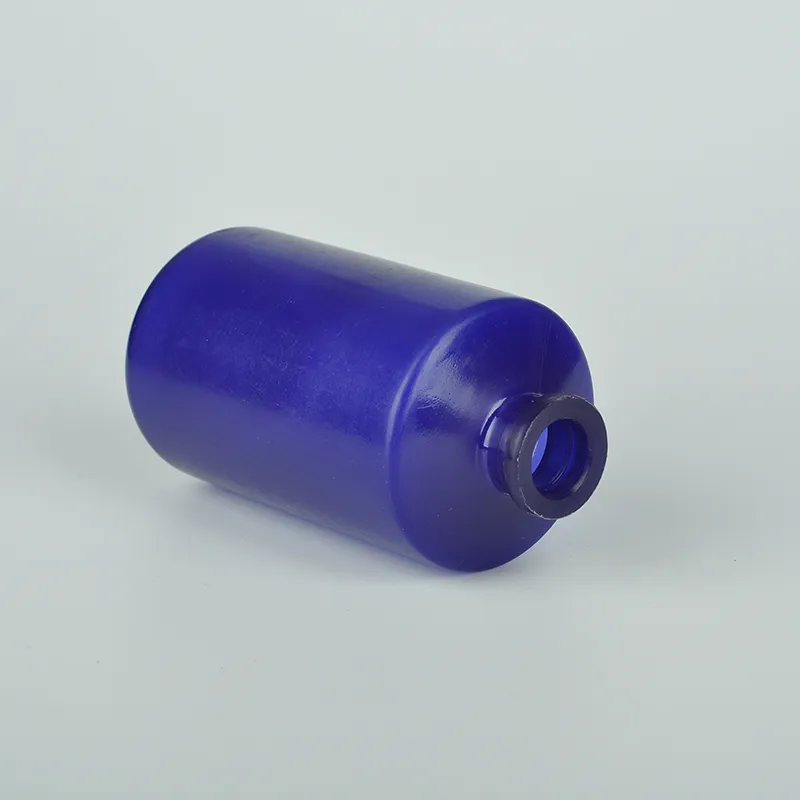https://www.wahmg.com/)">
Applications and Benefits of Centrifuge Bottles in Laboratory Settings
Applications and Benefits of Centrifuge Bottles in Laboratory Settings
Understanding the Uses of Centrifuge Bottles
Centrifuge bottles are specialized containers designed for use in centrifugation processes. These processes typically involve the rapid rotation of samples at high speeds, creating a centrifugal force that separates substances based on their density. Centrifuge bottles come in various sizes and materials, making them versatile tools in laboratories, research facilities, and medical settings.
1. Separation of Biological Samples
One of the primary uses of centrifuge bottles is in the separation of biological samples. In biological research, scientists often need to isolate cells, proteins, DNA, or viruses from a mixture. For instance, when working with blood, centrifuge bottles can be used to separate plasma from blood cells, allowing researchers to conduct further analyses on each component. The process helps in studying diseases, understanding genetic information, and developing treatments.
2. Clinical Applications
In clinical labs, centrifuge bottles play a crucial role in diagnostic testing. They are used to process blood samples, urine samples, and other bodily fluids for analysis. By spinning these samples in a centrifuge, technicians can quickly and effectively separate components, such as serum or urine sediment. The results from these tests aid in the diagnosis of various health conditions, making centrifuge bottles indispensable in healthcare settings.
3. Chemical and Pharmaceutical Research
Centrifuge bottles are widely used in chemical and pharmaceutical research for the formulation and separation of compounds. In the pharmaceutical industry, they are used to purify drugs and separate different chemical mixtures. Researchers can gauge the effectiveness of a drug by analyzing the separated components for their active ingredients. Additionally, centrifuge bottles help in the study of reaction rates and stability of compounds under various conditions.
centrifuge bottle uses

Environmental scientists utilize centrifuge bottles for analyzing soil, water, and air samples. These bottles help in the separation of contaminants from natural resources. For example, when testing water quality, scientists can centrifuge samples to concentrate pollutants, which can then be further analyzed. This process is essential for monitoring environmental health and ensuring compliance with regulations aimed at protecting ecosystems.
5. Preparation of Nanoparticles
The burgeoning field of nanotechnology also benefits from the use of centrifuge bottles. In the production of nanoparticles, centrifugation is employed to separate these particles from the liquid medium. Centrifuge bottles facilitate the effective collection of these small entities for further characterization and application in various fields including electronics, medicine, and materials science.
6. Versatility in Size and Material
Centrifuge bottles are available in various sizes (from a few milliliters to several liters) and materials (such as glass, polypropylene, or polystyrene), catering to diverse laboratory needs. This versatility allows scientists and technicians to select appropriate bottles based on the nature of the sample being processed and the requirements of their specific experiments.
Conclusion
Centrifuge bottles are essential tools across many scientific disciplines. Their applications in biology, clinical diagnostics, chemical research, environmental testing, and nanotechnology highlight their versatility and importance in modern science. By facilitating the separation and analysis of various components, centrifuge bottles not only enhance the efficiency of laboratory processes but also contribute to advancements in research and healthcare. Understanding the various uses of these bottles underscores their value in fostering scientific innovation and improving our understanding of complex biological and chemical systems.
-
Wholesale Plastic Juice Bottles with Caps 16 oz Options Available Bulk Packaging SolutionsNewsJun.10,2025
-
Laboratory Apparatus Reagent Bottle – Durable & Chemical Resistant Bottles for Safe StorageNewsJun.10,2025
-
Squeezable Dropper Bottles Durable, Leak-Proof & CustomizableNewsMay.30,2025
-
Affordable Plastic Petri Plates Sterile & Disposable Lab-GradeNewsMay.30,2025
-
Eye Dropper Caps Precision 24/410 & Plastic Bottle-Compatible TipsNewsMay.30,2025
-
Affordable Mini Spray Bottle Price & Wholesale Deals Shop NowNewsMay.29,2025





















